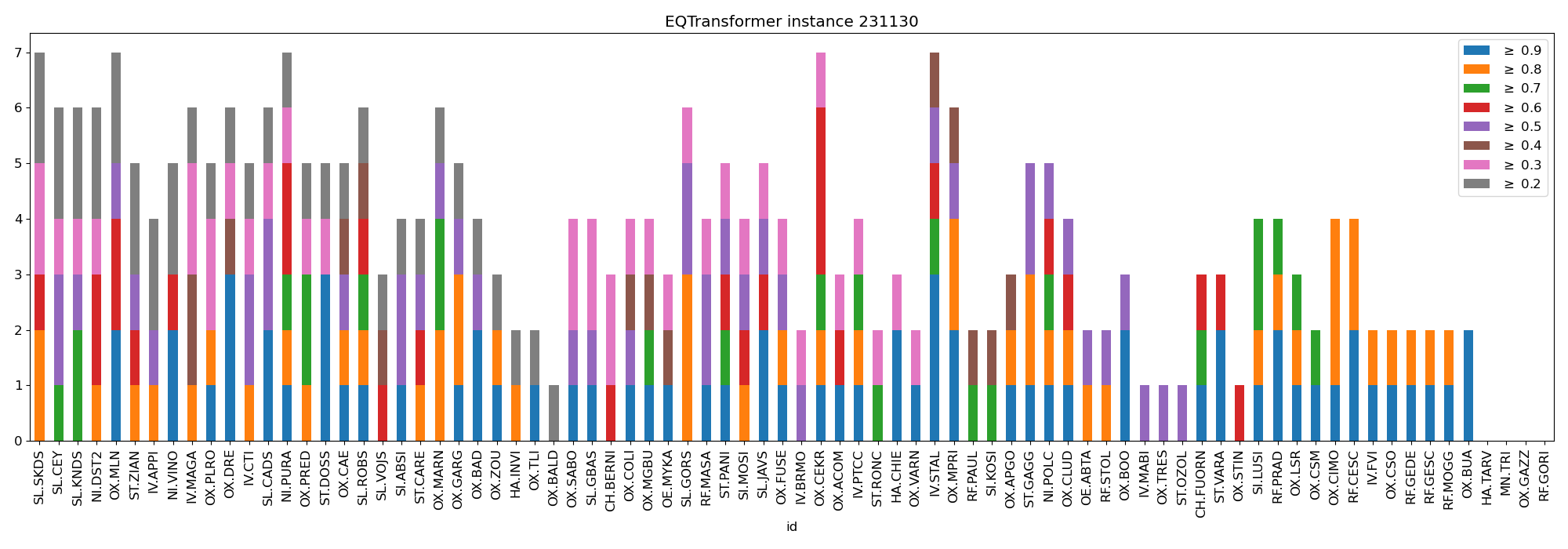Procedural Machine Learning Pipeline for Earthquake Pick Detection and Phase Association using High-Performance and Cloud Computing infrastructures
Solid Earth Sciences, Seismology
Research area
PE6 - Computer science and informatics: informatics and information systems, computer science, scientific computing, intelligent systems.
PE10 - Earth system science: physical geography, geology, geophysics, meteorology, oceanography, climatology, ecology, global environmental change, biogeochemical cycles, natural resources management
Project goals
Develop an automatic machine learning (ML)-based pipeline for earthquake pick detection and phase association, leveraging both high-performance and cloud computing infrastructures. The proposed method applies publicly available models from the seismology community (Seisbench) and addresses the challenges of processing large-scale seismic data by integrating advanced computational techniques with ML models.
Computational approach
HPC infrastructure for intensive training and cloud platforms for scalable deployment to improve efficiency, flexibility, and performance in real-time seismic event detection.
Number of Earthquake detections per station on November 30th 2023, using EQTransformer trained on INSTANCE dataset and associated through GaMMA
Ken Tanaka Hernández
Istituto Nazionale di Oceanografia e di Geofisica Sperimentale
PhD student in Applied Data Science and Artificial Intelligence (ADSAI) at the Università degli Studi di Trieste (UniTs). Former International Centre for Theoretical Physics (ICTP) Postgraduate Diploma student in Quantitative Life Science (QLS) and Master in High Performance Computing (MHPC) student. Former ORACLE Mexico Development Center (MDC) employee under Adaptive Bug Search (ABS) team for Self-Supervised Bug Categorization (match) through Linear Regression and Deep Neural Networks. Former HP Labs intern for Numerical Thermodynamical Simulation Model (Finite Element Method and Voxelization) of the 'HP Multi Jet Fusion' 3D printing process.










